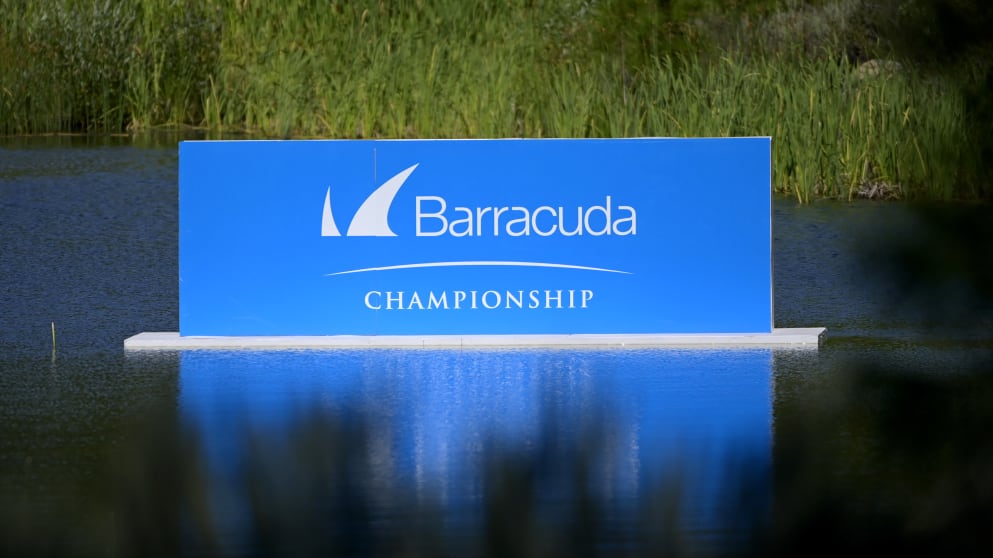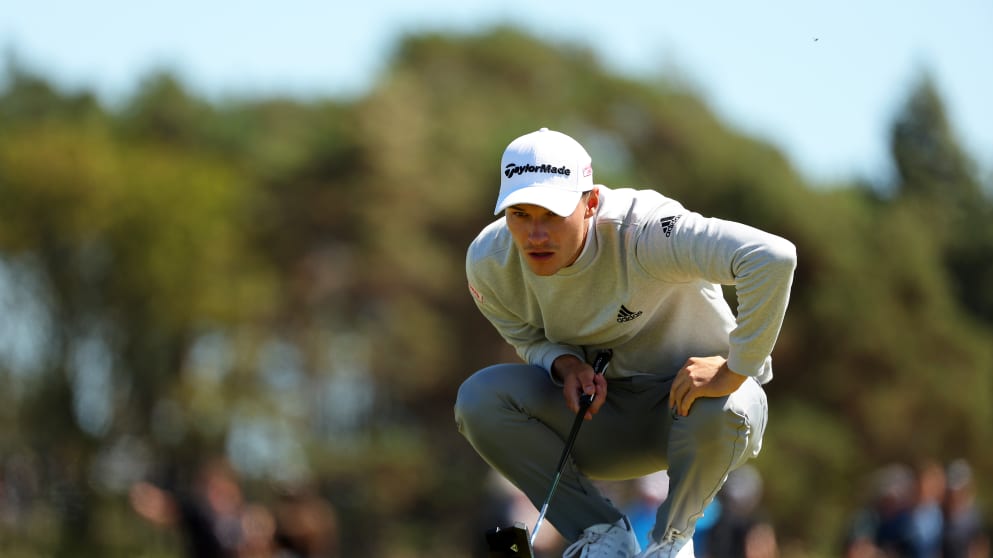The Barracuda Championship is the second of back-to-back US-based tournaments that grants access to DP World Tour members for the first time, as part of the Strategic Alliance with the PGA TOUR. Here are your five things to know…

Unique scoring format
The Barracuda Championship has used a Modified Stableford scoring format on the PGA TOUR since 2012, with the ANZ Championship the last event to use the system on the DP World Tour between 2002 and 2005. Rather than counting the total number of strokes taken as in a typical stroke play tournaments, players earn points based on the number of strokes taken at each hole. The aim is to have the highest score, unlike in traditional scoring methods, with the intention to encourage aggressive golf. The points awarded on each hole are dependent on the players’ score to par, with the player able to pick up their ball if they have taken two strokes more than par, without losing any additional points. This week, golfers will win eight points for an albatross, five for an eagle, two for a birdie, zero points for a par, while they will lose a point for a bogey or lose three for a double bogey or worse.
How the event unfolds
Despite the unique nature of the scoring format on both Tours, the tournament remains a 72-hole event. The field has been expanded from 132 to 156 golfers to include the top 50 available DP World Tour members. Players compete in the same threesomes in each of the first two rounds, with one round starting on the first tee and the other round from the tenth tee across morning and afternoon waves on both days. The cut falls after 36 holes, to the top 65 players and ties, with pairings and tee times for the third and fourth rounds dependent on each player's total points after the second and third rounds, respectively. Players with the lowest total points go first, up until the two players with the highest total points in the final group. The player with the highest total points at the end of the fourth round is the winner. Exemptions will be on offer for the winner, including through to the end of 2024 on the DP World Tour, whether they are a member or not.

DP World Tour members in the field
Three-time DP World Tour winner Rasmus Højgaard arrives in California on the back of a top-ten finish at last week’s Genesis Scottish Open, while fellow multi-time winner on Tour and 2018 Ryder Cup player Alex Noren is another to make the trip over the Atlantic. They join a host of European and global DP World Tour players who featured in last week’s Barbasol Championship. German pair Matti Schmid and Hurly Long will hope to impress again in their second starts on the PGA TOUR after both finished inside the top ten in Kentucky, as did Portugal’s Ricardo Gouveia. No European player has ever won the tournament since the event was founded in 1999.
Last time around
Staged last year in August on the same week as the WGC-FedEX St. Jude Invitational, the 2021 Barracuda Championship was won by Erik van Rooyen. The South African claimed his first PGA TOUR title thanks to three birdies in his final five holes as he finished five points ahead of American former champion Andrew Putnam. Van Rooyen’s 16-point final day haul, which included six birdies and an eagle, saw him break the tournament scoring record with a final total of 50 points. Due to a change in the tournament’s scheduling, Van Rooyen is unable to defend his title after he qualified for this week’s The Open Championship at St Andrews via last year’s FedEx Cup points list.

The Venue
Old Greenwood is one of two 18-hole courses at Tahoe Mountain Club and has staged the Barracuda Championship since 2020, after it moved from Montreux Golf & Country Club in Reno, Nevada. The 7,480-yard par 71 course – set 6,000 feet above sea level 6,000 feet above sea level – has an exciting mix of holes, including the potentially driveable par fours, the 357-yard eighth and 345-yard 11th, and two long par threes in the closing stretch both measuring over 220 yards. The 631-yard par five second is also likely to prove key in determining the winner this week.










